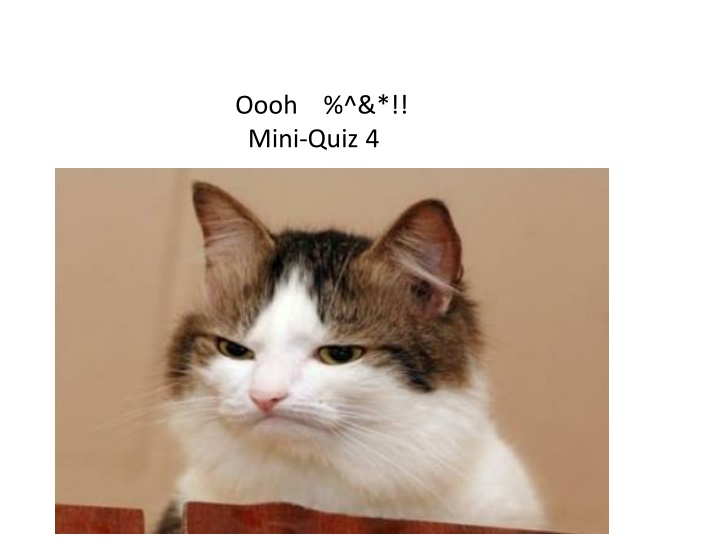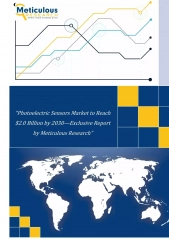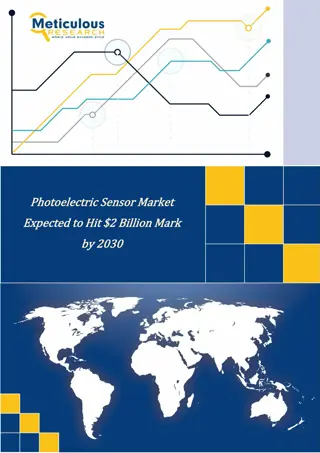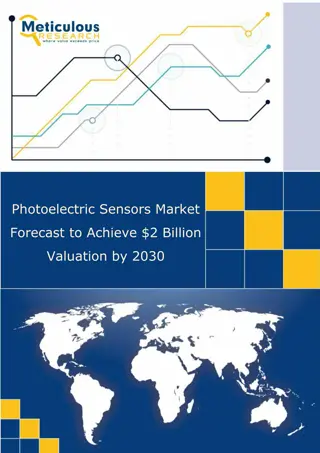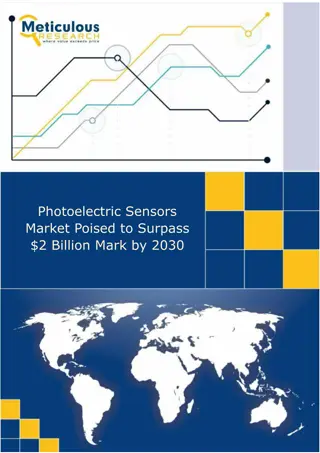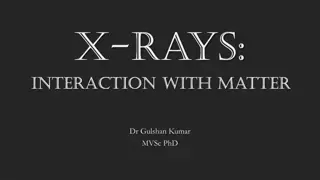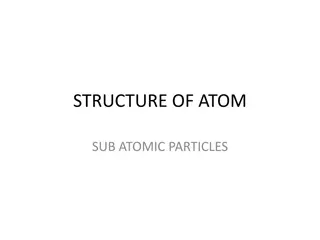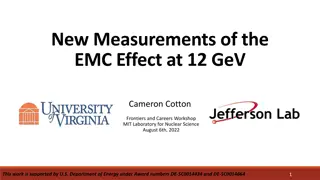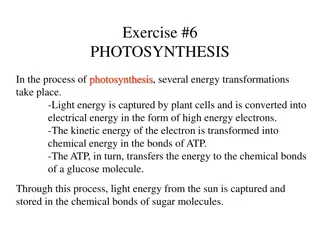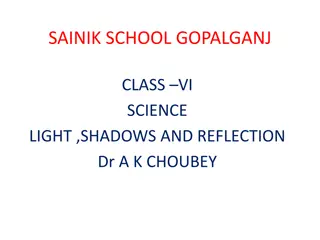Light Energy and Photoelectric Effect
This content covers various topics related to light energy and the photoelectric effect, including the inverse relationship between frequency and wavelength, the energy of light, and the analogies in the photoelectric effect experiment. It also explains the significance of the photoelectric effect and how energy of light depends on frequency rather than amplitude. The Planck equation and constant are also discussed in the context of the photoelectric effect.
Download Presentation

Please find below an Image/Link to download the presentation.
The content on the website is provided AS IS for your information and personal use only. It may not be sold, licensed, or shared on other websites without obtaining consent from the author.If you encounter any issues during the download, it is possible that the publisher has removed the file from their server.
You are allowed to download the files provided on this website for personal or commercial use, subject to the condition that they are used lawfully. All files are the property of their respective owners.
The content on the website is provided AS IS for your information and personal use only. It may not be sold, licensed, or shared on other websites without obtaining consent from the author.
E N D
Presentation Transcript
Oooh %^&*!! Mini-Quiz 4
Homework 1 due Friday 8 September in class (today) Homework 2 posted. Due Friday 15 September in class
Frequency (f) is inverse to wavelength ( ) Text examples exploring this (2.1) R OGBIV red orange green blue indigo violet
An assertion from your text, page 31 For light: As wavelength increases, energy decreases As frequency increases, energy increases Huh ????? Wave Energy ~ A2 A
Photoelectric effect: typical textbook version E=Energy of ejected electron from metal Threshold frequency for emission varies with metals (f1= 1 for metal 1, f2= 2 for metal 2 etc.)
Photoelectric effect analogies Huge Amplitude Red light (long wavelength, low frequency) Blue light (short wavelength, High frequency Tiny amplitude
According to `common sense, which wave capsizes Mickey and the gang ? High amplitude (A) Low frequency (f) Let Mickey and friends be electrons in a metal Low amplitude (A) high frequency (f)
What actually happens in the photoelectric effect experiment High amplitude (A) Low frequency (f) Let Mickey and friends be electrons in metal Low amplitude (A) high frequency (f)
WHAT THE PHOTOELECTRIC EFFECT MEANS 1) THE ENERGY, E, OF LIGHT IS NOT CONNECTED TO AMPLITUDE
WHAT THE PHOTOELECTRIC EFFECT MEANS (continued): 2) The energy of light depends on frequency , f , not amplitude!! The Planck equation Elight = h*f Planck s constant: 6.26*10-34 J*s
WHAT THE PHOTOELECTRIC EFFECT MEANS (continued) 3) LIGHT IS NOT A WAVE !!!!
so what is light if not a wave ?????? I GOT THIS Einstein s image . LIGHT IS A PHOTON =A MASSLESS BULLET OF ENERGY http://chemistry.umeche.maine.edu/~amar/spring2011/light.gif OLD wave NEW Stream of photons
Plancks equation: hf=Ephoton hf hf hf hf Stream of photons Doc s analogy: A Photon is like a unit of coiled spring High frequency(high f) high energy tight low frequency (low f) low energy loose
The assertion from your text, page 31 For light, new school thinking: As wavelength increases, energy decreases As frequency increases, energy increases
Text Problems illustrating E vs. f. vs. connections (2.1)
